The 35 brief essays in this book provide glimpses of the variety that is most characteristic of Hinduism in urban south India today. By examining selected objects widely revered in contemporary Dravidian country gods, goddesses, historical figures, sacred plants and stones—the authors succeed at once in disclosing to attentive readers what in the South mirrors Hindu norms throughout India and what remains ineluctably local. Beyond that, distinctive details of worship provided here document subtly different nuances in beliefs and practices upheld even among the Tamil, Telugu, Malayalam, and Kannada speakers within the region. The co-authors bring to this project the two quite different perspectives of "insider" and "outsider. As scholars, moreover, they bring to bear the testimony of history and literature, sociology and the arts. As long-time teachers they provide information and insights important for students to keep in mind while they become more familiar with Hindu traditions. Their expert integration into each essay of K.S. Ramu’s line-drawings serves as an invitation to readers to follow them imaginatively into a vibrant and widely-shared symbol system in which it becomes possible to "see" those Hindu images—just as, perhaps, their votaries do as exquisitely meaningful representations of the divine. The volume is instructively arranged with essays pertaining to conventional sectors of Hindu faith grouped together. Many readers may wish to read from beginning to end following the order of presentation. Yet most essays also stand as discrete entities. Thus it is appropriate for some readers to start with any essay in the book that captures initial interest and, from it, to move to other essays as curiosity dictates. Either way will prove a pleasure. Admirers of this book in its earlier edition will be pleased to know of its availability in this newly updated, revised and enlarged, second edition.
Handbook of Hindu Gods, Goddesses and Saints
$34.20
$38.00
In stock
Free & Quick Delivery Worldwide
All orders amounting to US$ 50 or more qualify for Free Delivery Worldwide. For orders less than US$ 50, we offer Standard Delivery at $14 per book.
ABOUT THE AUTHOR H.D. Smith
H. Daniel smith is perhaps best known in North America for his eleven documentary films on south Indian urban religious rites and celebrations, Image India: the Hindu Way (1969). Elsewhere, however, his most often-cited works have been his bibliographical studies of Pancaratra Agama texts in Sanskrit (Baroda, Gaekwad’s Oriental Series 158 & 168, 1975 & 1980) and of works in English based on Valmiki’s Ramayana (Syracuse, 1983 & Bombay, 1989). Prior to his retirement in 1993 after 35 years of teaching at Syracuse University (USA), Professor Smith specialized in under-graduate courses examining contemporary Hindu religious life. His research of times during the period spanning the 1950s, 1960s, 1970s and 1980s. Earlier collaborations between these co-authors resulted in publications based on Valmiki’s Ramayana (1981) and on Pancaratra Agama texts (1969).
ABOUT THE AUTHOR M Narasimhachary
M. Narasimhachary is a Sanskrit scholar with particular interests in, among other things, the classical, literary works of Valmiki, Vyasa and Kalidasa, the teachings of the Sri Vaishnava Agamas, the traditions of the Visistadvaita school, and the philosophical theology of the 10th century figures, Yamunacarya. A native of Andhra, he has lived most of his life in Madras, Prior to his appointment more than a dcade ago as Professor and Head of the newly-founded (1984) Department of Vaishnavism at the University of Madras, Dr. Chary taught at the University of Malaya in Kuala Lumpur and at vivekananda College in Madras. Among his many books, articles and reviews, Dr. Chary's most often-cited works are his critical edition and study of Yamunacarya's Agamapramanya (Baroda, Gaekwad's Oriental Series 160, 1976) and contribution of Yamuna to Visistadvaita (Prof. M. Rangacharya Memorial trust, Madras, 1971).
reviews
0 in total
Review by Anonymous
Be the first to review “Handbook of Hindu Gods, Goddesses and Saints” Cancel reply
You must be logged in to post a review.
Bibliographic information
Title
Handbook of Hindu Gods, Goddesses and Saints
Author
Edition
2nd ed.
Publisher
ISBN
8175741643
Length
xvi+308p., Figures; Appendix; Glossary; Index; 26cm.
Subjects
more by M Narasimhachary see more
similar bookssee more
Living Rock: Buddhist, Hindu and Jain Cave Temples in the Western Deccan
From the 2nd century bce to ...
$139.50
$155.00
The Essence of Tripurarahasya: The Mystery of Supreme Consciousness
Tripurarahasyam, of which ...
$16.20
$18.00

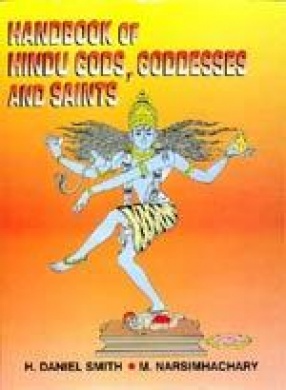
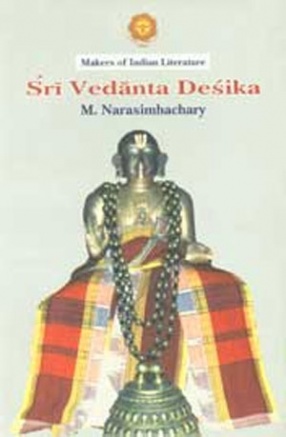
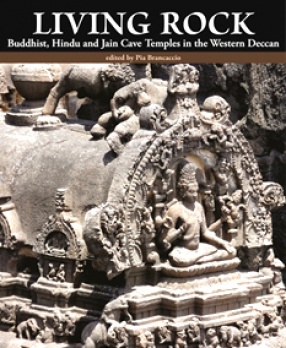
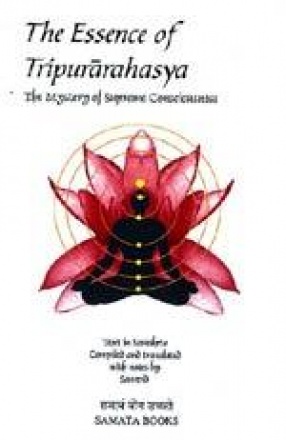
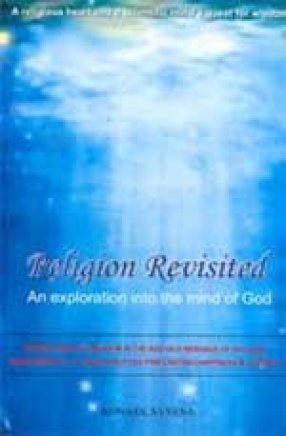
There are no reviews yet.